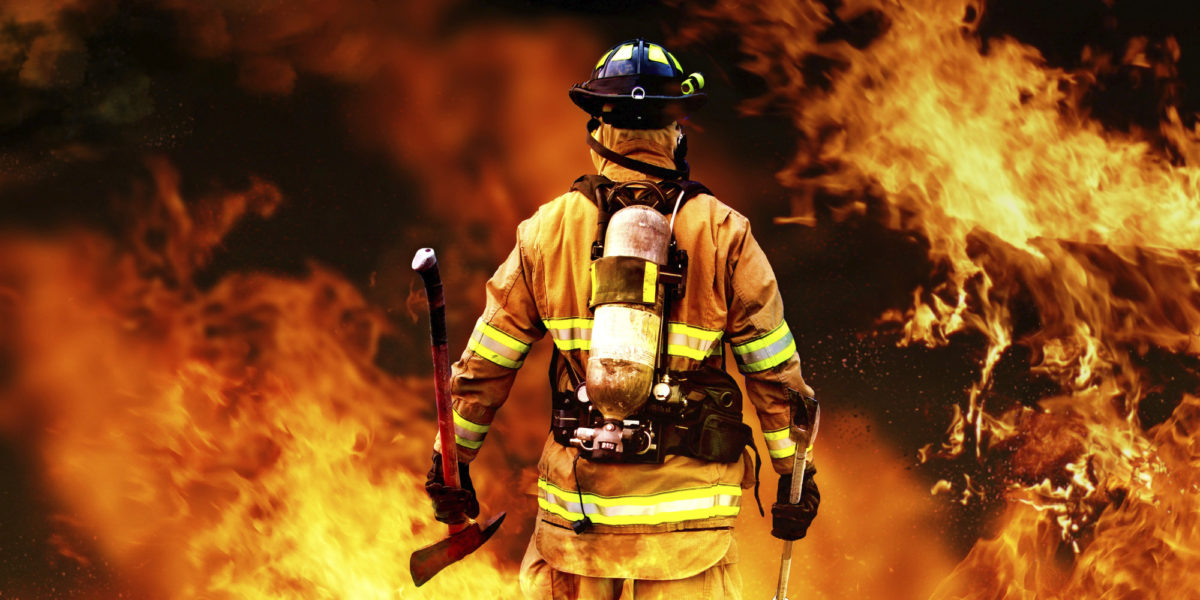Only two years ago, the TU University in Delft, launched the so-called ‘Ambulance Drone’, which would support our current ambulance services. Where ambulances take about ten minutes to arrive on-site, a drone is able to reach that site within one minute (within a distance of 12 km2). The drone takes along a defibrillator, such that the first aid could be provided by bystanders. While this idea is great, I believe that innovation could even be more advanced in terms of first aid, police help and firemen. There exist many more ways to create opportunities and advance our security and safety. Have you ever thought about IT opportunities for these institutions before you even heard about this ‘Ambulance Drone’? I for sure have not. But this innovative idea does open my mind and does make me wonder what IT could provide for among others, our policemen, firemen and ambulance workers.
Think about house fires… Today, people call 112 in order to report a fire or an accident, where after ambulances, the Fire department and the police are sent on-site. We currently react when events happen. Something happens, we start to move. However, information technology might lead to ‘prevention’ instead of this ‘reaction’. All the information we currently have about fires, accidents… Can we use this in order to find a pattern? To see whether if one thing happens, it structurally leads to a particular accident? Would we be able to predict where things will happen, such that our emergency services are already on-site, before something even happens? If this is the case, if we are this far to predict and prevent house fires, for example, how would this change the organization of the fire department? No fire means no firemen needed to put out the fire. Do we even need firefighters in the future? Would we even call them firemen?
I believe that many opportunities exist for our emergency services. IT could bring first aid to a whole new level. In the operation, internal communication and external communication. Maybe even a change in our society, because… Are we not all able to provide first aid or serve as an emergency service in the future?
References:
Communication, W. (2016). Ambulance-drone TU Delft vergroot overlevingskans bij hartstilstand drastisch. [online] TU Delft. Available at: http://www.tudelft.nl/actueel/laatste-nieuws/artikel/detail/ambulance-drone-tu-delft-vergroot-overlevingskans-bij-hartstilstand-drastisch/ [Accessed 23 Oct. 2016].


Hi Chucky,
Thanks for your post! Additionally to your point about using big data to find patterns in accidents, emergency services are already doing such a thing in Amsterdam. By gathering data, they were able to pinpoint the exact locations where there is a particular risk (e.g. chemical fire), so they can have the right resources and equipment in place for when something does happen. This also helps them be preventive as they are more likely to ‘carry out home safety checks, advise people on fire safety and fit smoke alarms’ in high-risk areas.
– http://www.bbc.com/news/business-21902070
Hi Chucky, thank you for your interesting thoughts about the opportunities of how data and IT can help to predict and prevent accidents from occurring. First of all the ambulance drone can be a great opportunity to save lives. Although I think the human aspect of first aid will always remain the most important factor. Technology may make the process easier, for example indicating areas with a high risk of fires, but there shall always remain a human factor that should come into action to do something against these accidents. For instance fire alarms and automatic sprinklers can be used to reduce fire damage, human firemen should always be ready to save people that are stuck for instance. I do not see any IT system saving these people, yet.